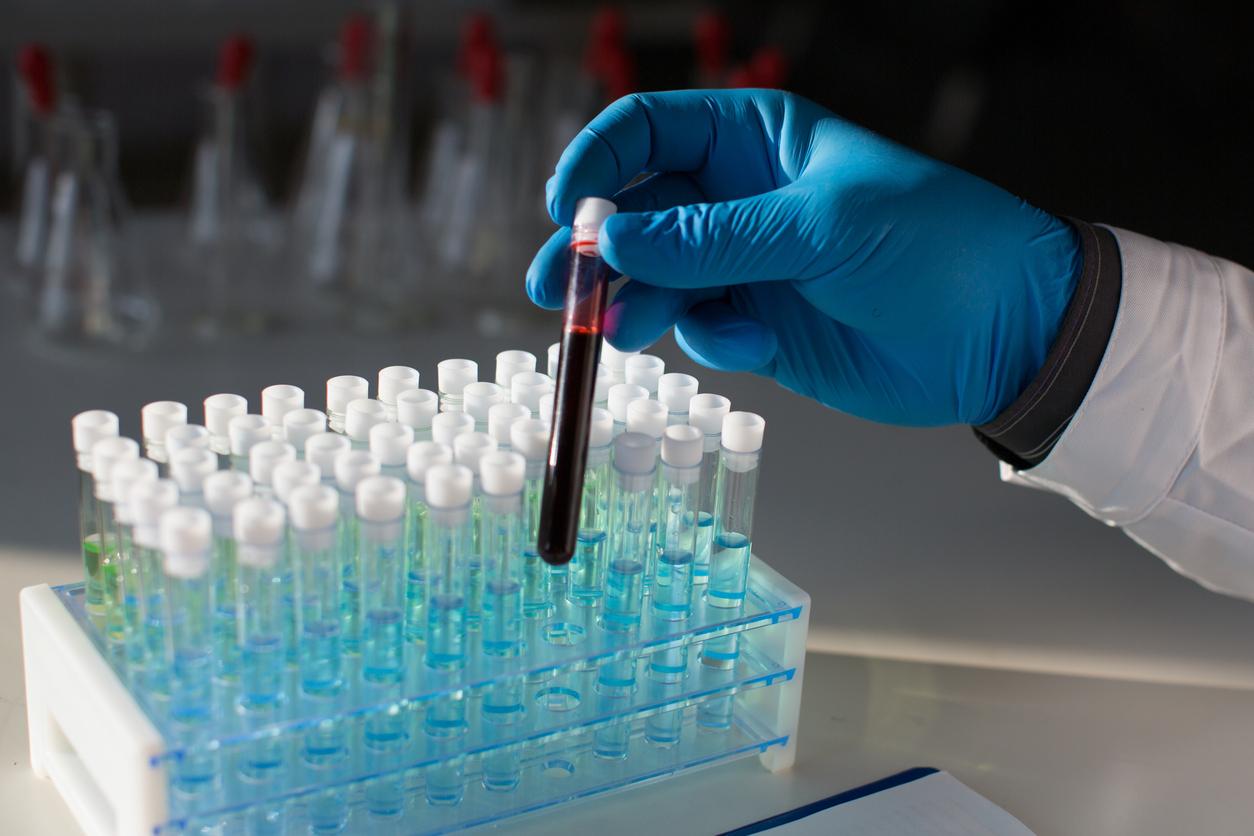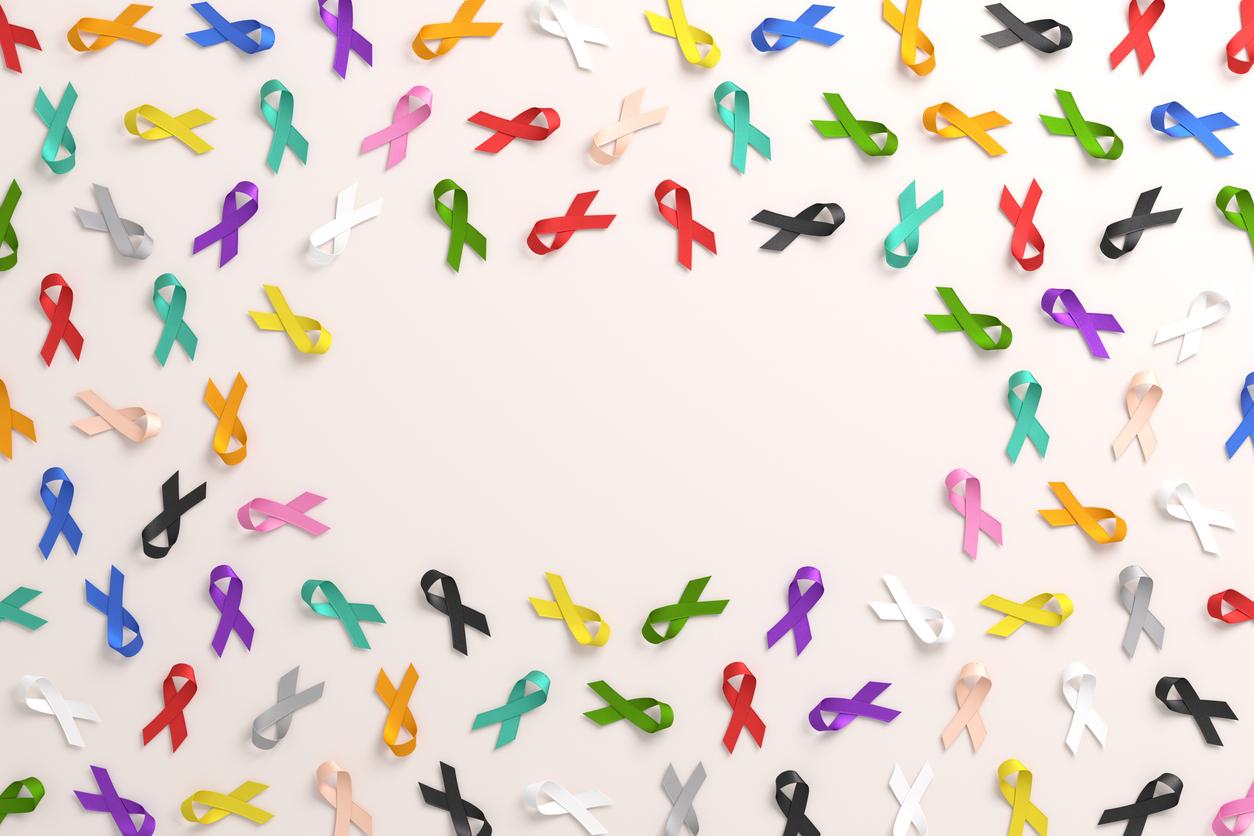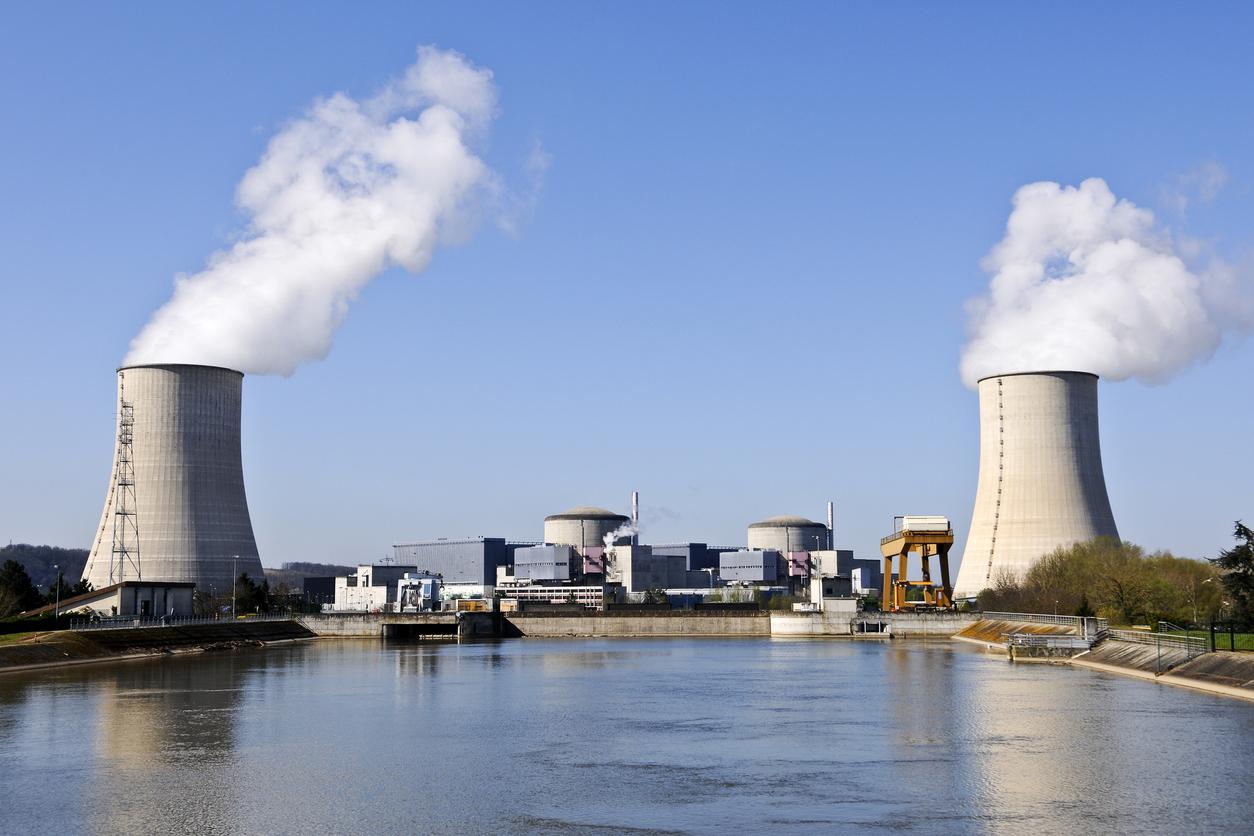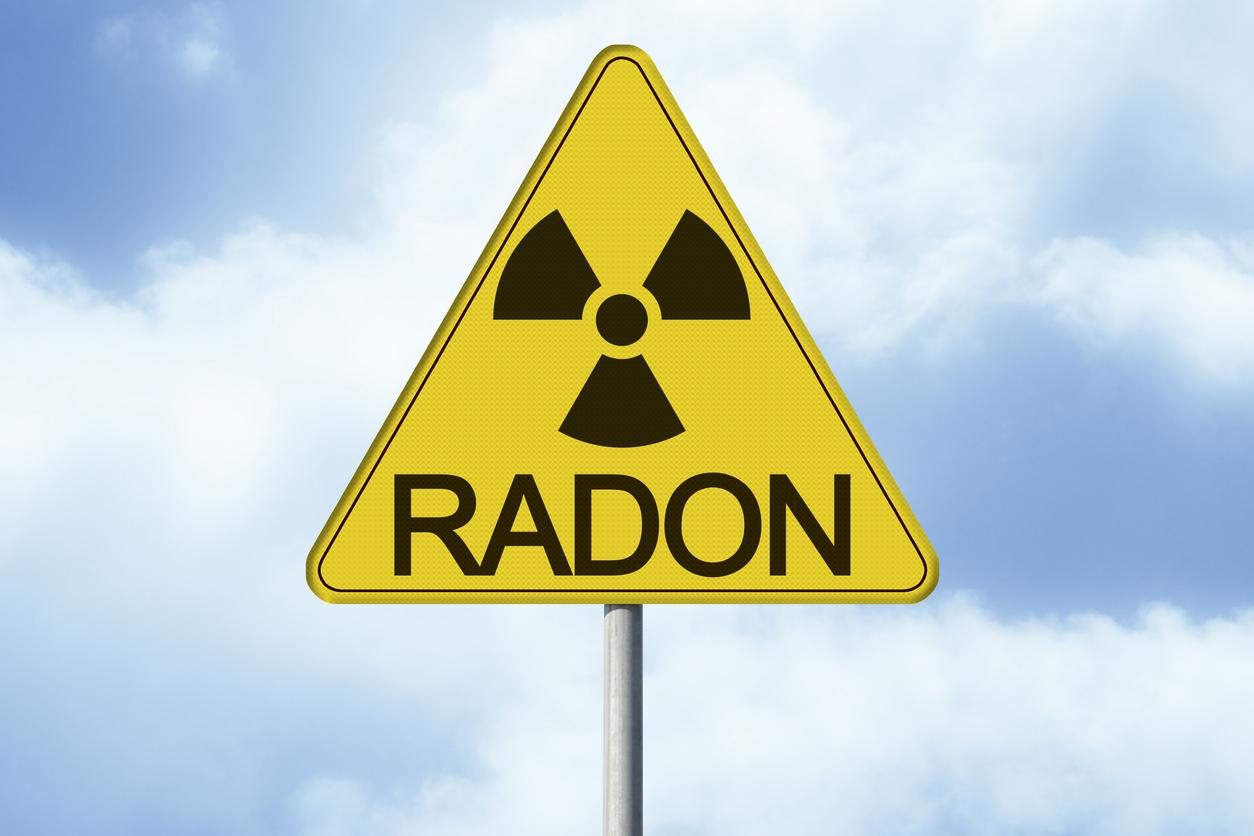Nearly 100,000 cancer cases in the United States may be linked to the presence of cancer-causing chemicals in tap water. This is revealed by a study conducted by scientists from the EWG (Environmental Working Group).

In study published on September 19 in the newspaper Heliyonthree scientists from the American activist group EWG (Environmental Working Group) have shown that in the United States, nearly 100,000 cancers contracted during the period 2010-2017 are due to the carcinogenic chemicals contained in tap water. More specifically, the presence of arsenic, disinfectants and radioactive contaminants would constitute the most significant danger.
“Drinking water contains complex mixtures of contaminants, yet government agencies assess the health risks one by one,” said Sydney Evans, science analyst and lead author of the study, in the article published on the EWG website. In the real world, people are exposed to cocktails of chemicals, so it’s important that we start to assess the health impacts by looking at the combined effects of multiple pollutants.”
“Contaminants present in water at legal concentrations can harm human health”
Thus, the researchers conducted a cumulative assessment of the risks of cancer due to the 22 carcinogenic contaminants found in drinking water at the national level. To carry out their work, they analyzed the water quality of the distribution system of 48,363 American communities. California alone has 15,000 cases of cancer.
“The vast majority of community water systems meet legal standards,” said Olga Naidenko, vice president of scientific studies at the EWG. “However, the latest research shows that contaminants in water at these concentrations – that are perfectly legal – can still harm human health. We need to prioritize protecting source water supplies to ensure these contaminants don’t get into drinking water supplies, for starters.” As a consumer, it is possible to reduce your exposure to contaminants by purchasing a water filter.
A magnitude similar to that of the risks associated with carcinogenic air pollutants
While the water systems with the highest risk are those used in small communities, those that supply larger areas play a significant role in overall risk. In question: the number of inhabitants they feed and the constant presence of disinfectant products.
“Overall, the cumulative cancer risks – at the state and national level – from carcinogenic contaminants in water are of a similar magnitude to the risks from carcinogenic air pollutants, the study concludes. Thus, improving the quality tap water and investing in protective measures for water supplies are opportunities to protect public health and decrease the potential incidence of disease due to environmental pollution”.
.

















